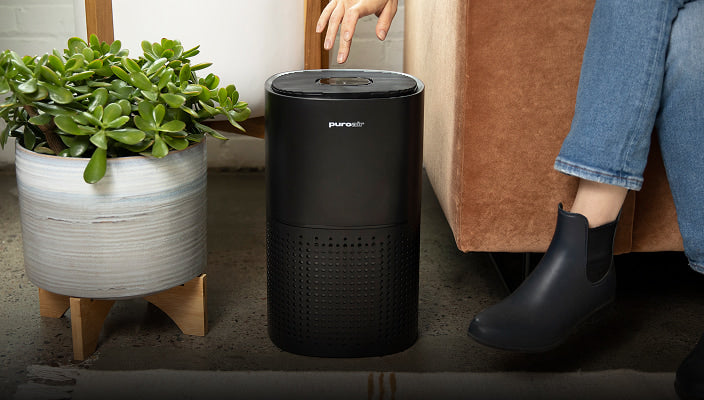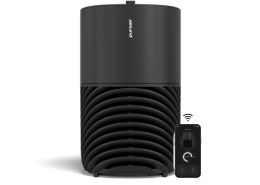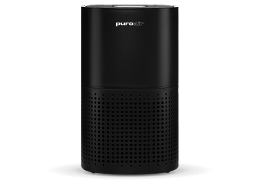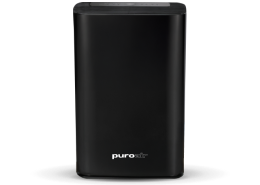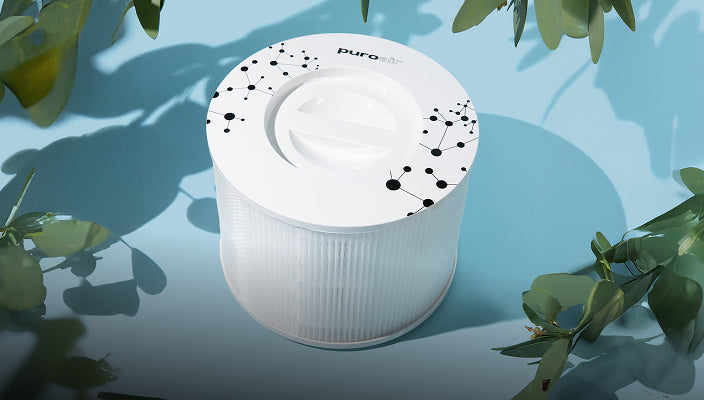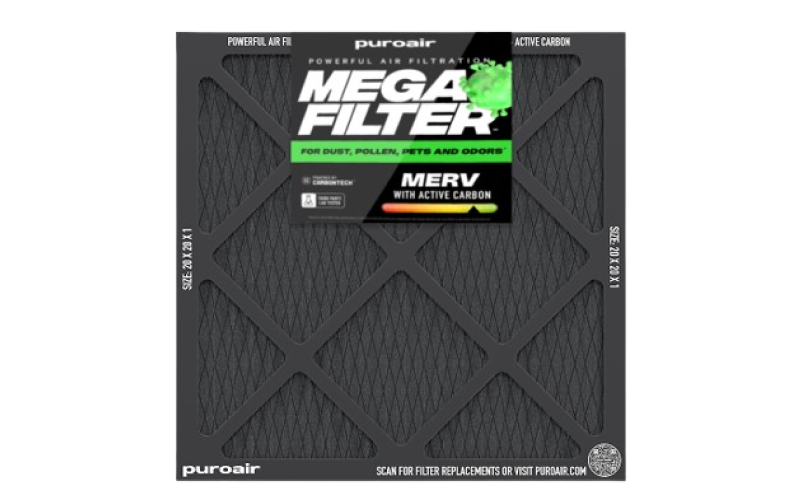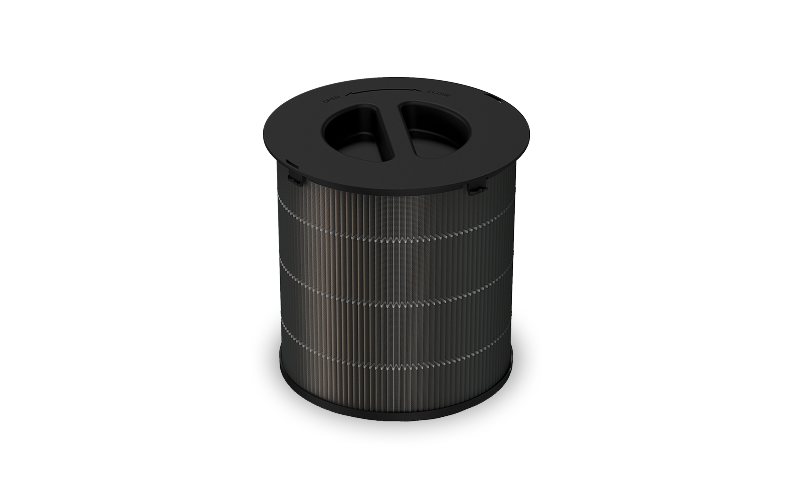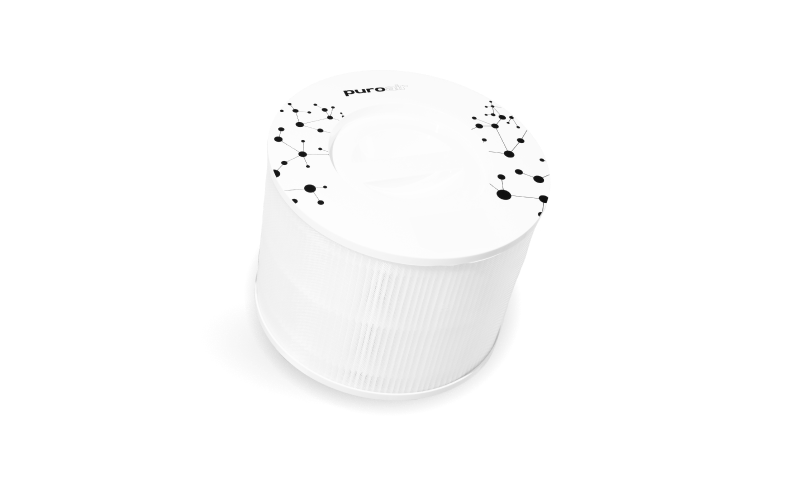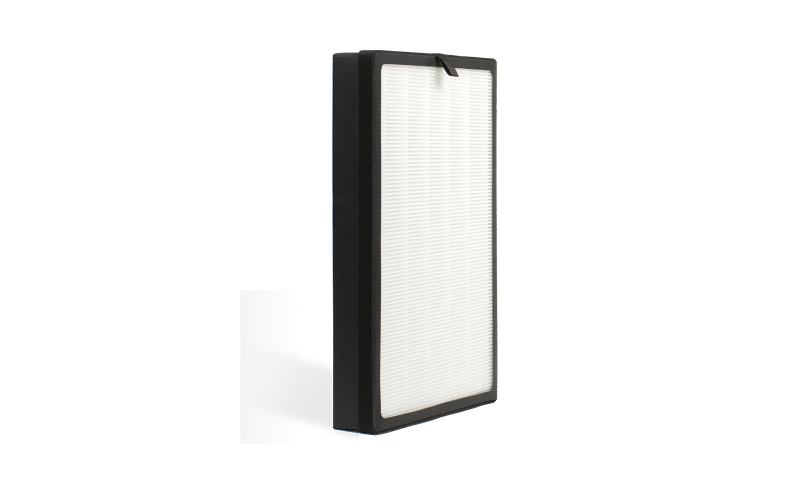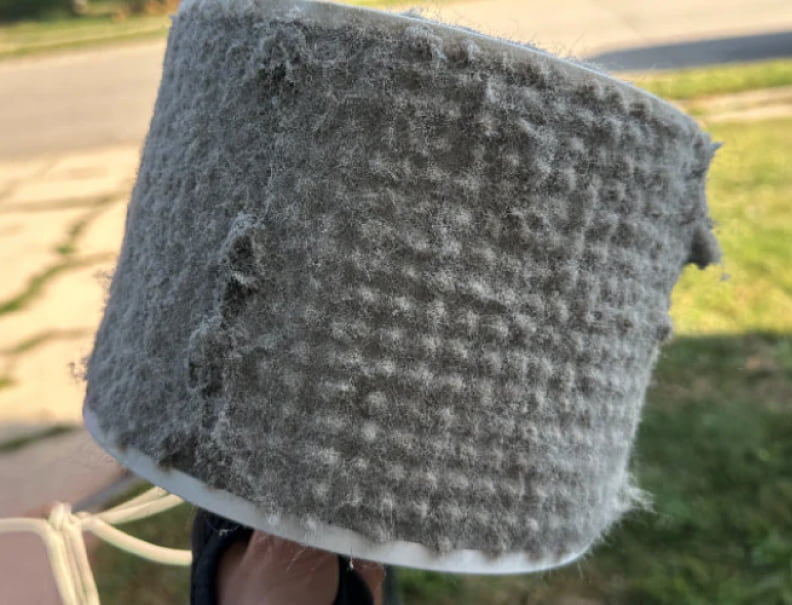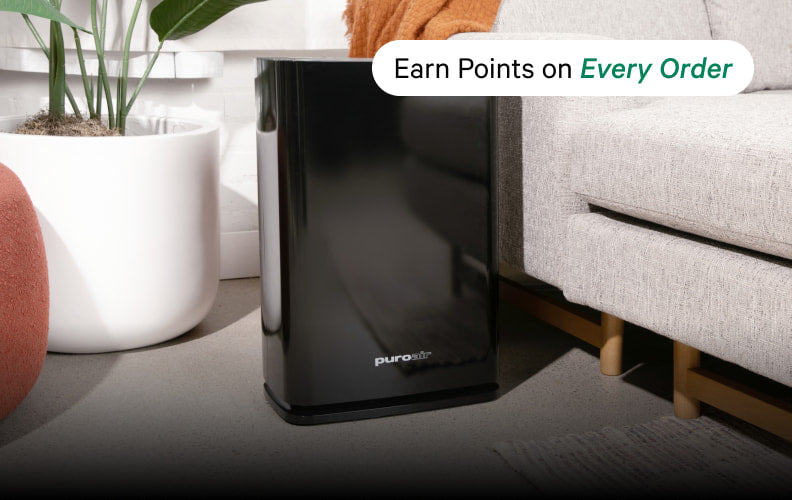When we think of air pollution, we often picture smog-filled cityscapes and car exhaust. But the truth is, some of the worst air quality offenders are right inside our homes. According to the American Lung Association, indoor air can be up to two to five times more polluted than outdoor air, and many common household items are to blame. From common cleaning products to household dust, various items introduce toxic chemicals and allergens into your living space. Here's a list of nine everyday items that may be quietly compromising the air you breathe indoors.
1. Cleaning Products
That beloved citrus-scented cleaning spray you use to make your countertops shine might not be as harmless as it seems. Many household cleaners release volatile organic compounds (VOCs), which are harmful chemical gases that can linger long after use. VOCs may trigger respiratory problems by irritating your lungs and airway.
How to minimize the impact:
- Switch to natural or VOC-free cleaning alternatives. You can make some of your own cleaning products using vinegar or baking soda. Alternatively, consider investing in “clean” cleaning brands like Branch Basics, Blueland, or Grove Collaborative. Additionally, the Environmental Protection Agency has great resources that can help you learn what to look for when shopping for non-toxic cleaning supplies.
- Ensure proper ventilation by opening a window or running an air purifier while cleaning.
2. Scented Candles
Nothing feels cozier than lighting a candle after a long day, but many scented candles are made from paraffin wax, which is a petroleum byproduct. When burned, paraffin releases pollutants like benzene and toluene into the air. These candles almost always also contain dyes and artificial fragrances that also release irritating chemicals as they are burned. The VOCs released from these candles can lead to symptoms like headaches, nausea, dizziness, and lung irritation.
Pro tip: Opt for beeswax or soy candles with natural, essential oil-based fragrances instead.
3. Air Fresheners
Ironically, the products you use to freshen your indoor space can harm the air quality. Many air fresheners and plug-ins are packed with phthalates, synthetic fragrances, and chemicals that can disrupt hormones, irritate your lungs, and worsen asthma or allergies. Instead of masking odors, you’re inadvertently introducing new pollutants.
Healthier alternatives:
- Simmer citrus peels or cinnamon sticks on the stove for a natural, chemical-free scent.
- Invest in an air purifier, like PuroAir, to address underlying odors instead of covering them up.
4. Carpets and Rugs
That plush carpet underfoot may be harboring a hidden world of allergens. According to the American Lung Association, both old and new carpets can trap both dust and pet dander, which can exacerbate respiratory conditions. Worse yet, new carpets produced with synthetic materials often emit VOCs as they off-gas due to the adhesives and backings used during manufacturing and installation.
What you can do:
- Vacuum frequently with a HEPA filter vacuum.
- Choose carpets labeled as low-VOC or stick with washable rugs for a safer environment.
5. Paints and Varnishes
Did you recently redecorate your home? That fresh coat of paint might look stunning, but it could be releasing fumes into the air. The Environmental Protection Agency states that traditional paints and varnishes are made with chemicals that emit VOCs, even after drying. These fumes can linger for weeks, giving your house that “fresh-paint” smell and causing headaches, dizziness, and throat irritation.
Safer option: Always choose low-VOC or no-VOC paints, especially for high-traffic areas like bedrooms and offices. Check out Better Homes and Gardens’ list of the best no-VOC paint brands and offerings.
6. Pressed Wood Furniture
Furniture made from materials like plywood, fiberboard, and particleboard are extremely common these days because they can give the look of a nice wood piece for much cheaper. The downside is that often these wood composites contain formaldehyde-based resins, which can off-gas for years. Formaldehyde exposure has been associated with respiratory irritation, and in high concentrations, it is classified as a human carcinogen.
How to minimize exposure:
- Purchase solid wood furniture when possible (try thrifting for a more budget-friendly option!)
- Ensure proper ventilation in rooms with new furniture or use an air purifier with a carbon filter to mitigate VOC exposure.
7. Gas Stoves and Ovens
Cooking with a gas stove might be convenient, but it also releases nitrogen dioxide (NO2), carbon monoxide (CO), and other harmful pollutants into the air. Without proper ventilation, these toxins can accumulate quickly, especially in smaller kitchens. Nitrogen dioxide can be particularly harmful for children. It was found that children who grow up in homes with gas stoves are 42% more likely to have asthma.
Safety measures:
- Install a high-quality range hood and ensure it ventilates outdoors.
- Open windows while cooking to improve airflow.
- Consider placing your air purifier in the kitchen while you are cooking to keep air quality within healthy ranges.
8. Dryer Sheets
While dryer sheets leave your laundry soft and fragrant, they can also release VOCs because they are often produced with artificial fragrances and toxic chemicals that keep your clothes static free. Additionally, the release of VOCs is exacerbated when the dryer sheet is heated in a dryer.
Eco-friendly swaps:
- Use natural, wool dryer balls to keep your laundry fluffy without chemicals (you can even try adding a few drops of essential oils to the dryer balls to add a light scent!)
9. Household Dust
Dust might seem harmless, but dust is made up of dead skin cells, dust mite droppings and dust mite body parts. These particles easily become airborne and can turn into a vehicle to transport other allergens like pet dander and pollen around your home. Over time, these fine particles accumulate, circulating in the air you breathe, causing irritation and allergy-like symptoms.
Dust-busting tips:
- Dust regularly with a damp microfiber cloth to clean dust particles off of surfaces.
- Use a vacuum and air purifier equipped with HEPA filters to filter ultra-fine dust particles effectively.
How to Improve Indoor Air Quality
Even with your best efforts, it’s virtually impossible to remove all sources of indoor air pollution. That’s where an air purifier can help.
PuroAir air purifiers use high-quality HEPA and activated carbon filters that filter up to 99.9% of airborne particles out of your home’s air. The main filter layers are extraordinarily effective at filtering large particles like dust, pet fur, and more, but the activated carbon layer is where this filter really shines. Many sources of indoor air pollution come from VOCs which are often so small that we would never notice them if not for their scent or the symptoms they cause. The activated carbon layer filters VOCs and odor molecules from the air, prevents them from reentering your space, and leaves you breathing easy at home.
PuroAir now offers the 130i Smart Air Purifier as a convenient solution to your air purifying needs. Just connect your air purifier to the PuroAir App and start enjoying the ease of clean air controls from the palm of your hand. Take a look at the PuroAir 130i today!
Bonus Tip: Upgrade your home AC filter to a PuroAir MERV 13 Mega HVAC Air Filter + Activated Carbon to improve total air quality around your home, and help reduce odors with the activated carbon filter layer.
Take Control of Your Indoor Air
Your home should be a place where you can rest and breathe easily. By identifying and addressing everyday sources of indoor air pollution, you can dramatically improve your air quality, health, and peace of mind. Explore PuroAir’s air purifiers and HVAC filters today to take the first step toward cleaner, fresher air.

